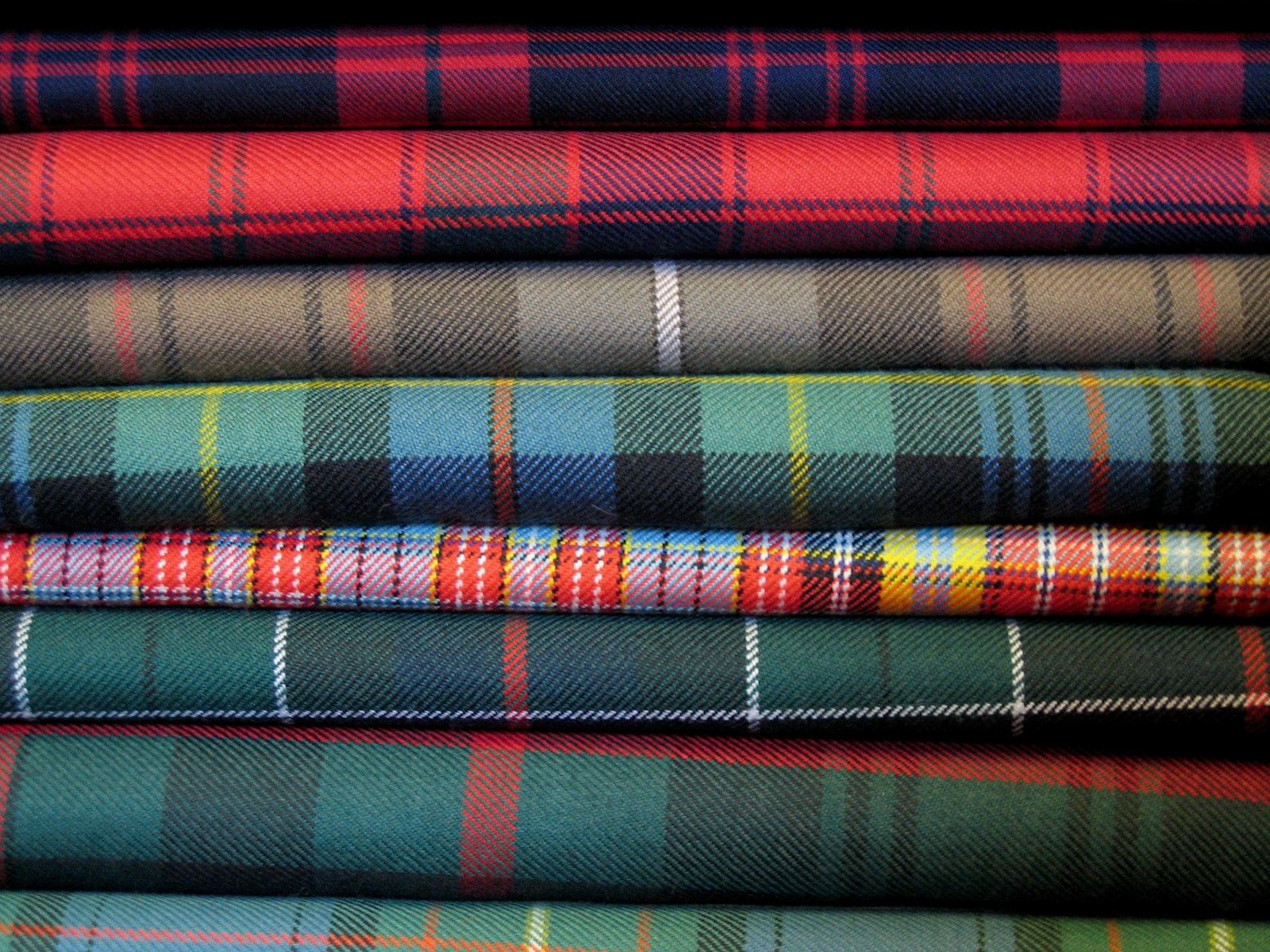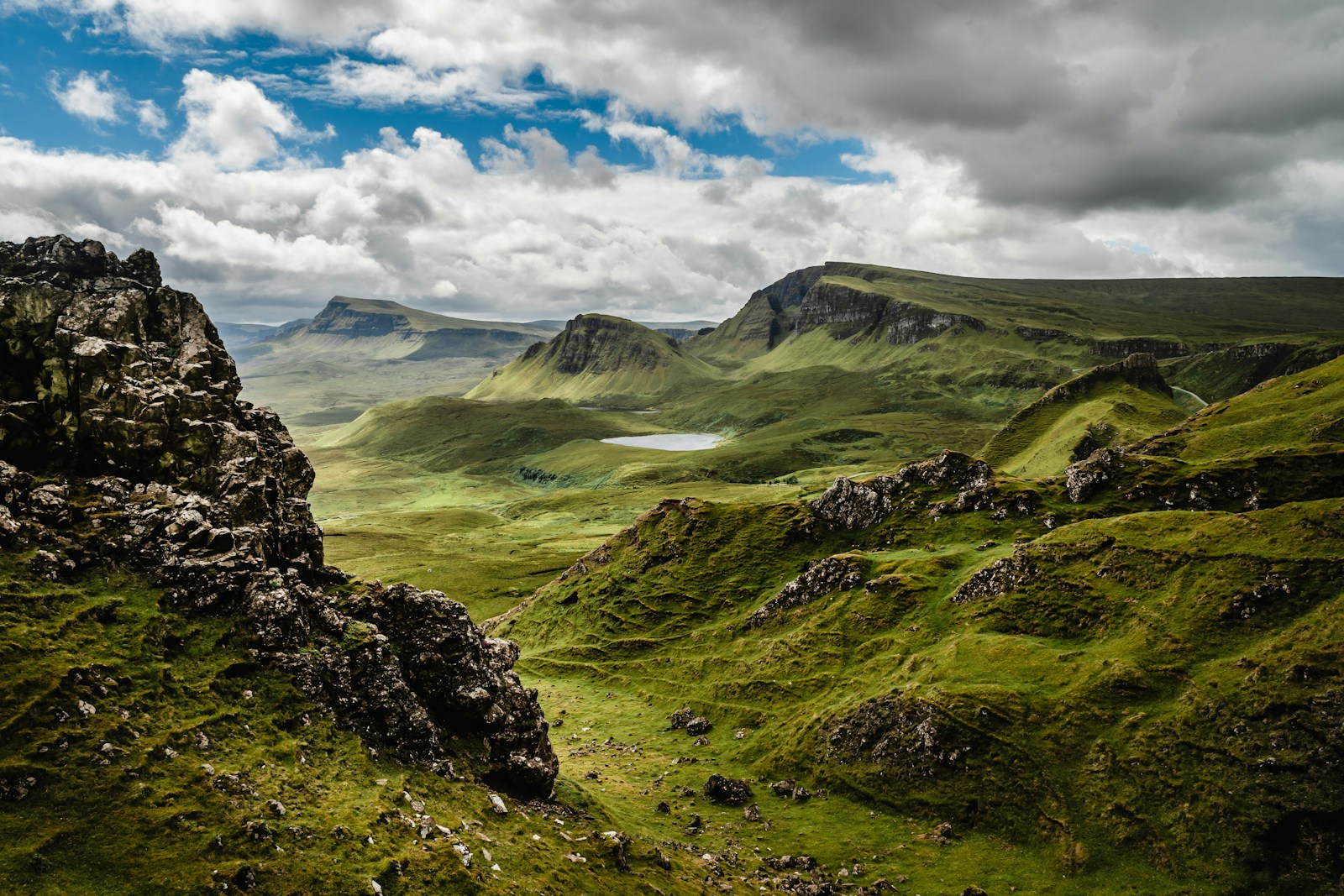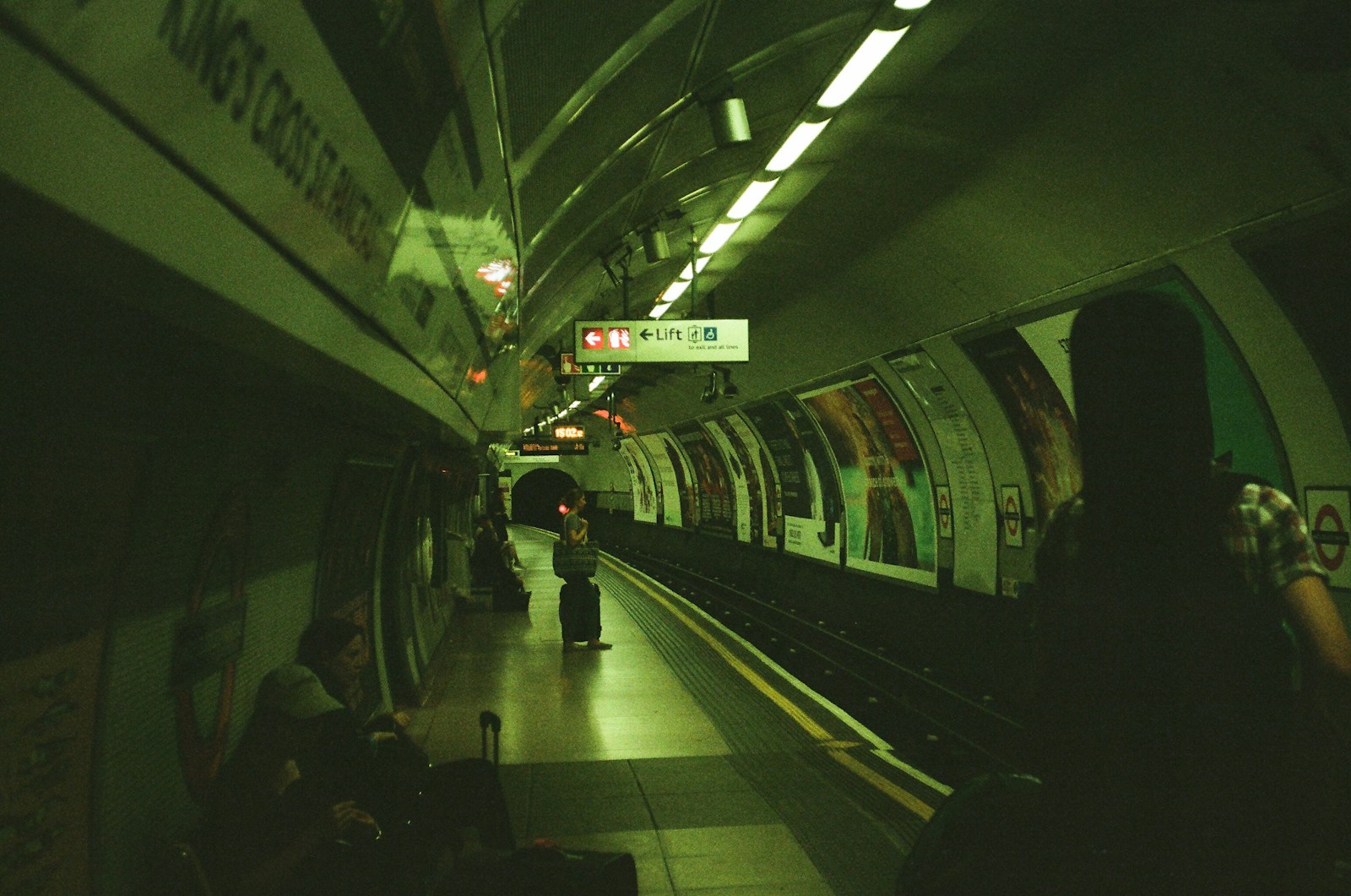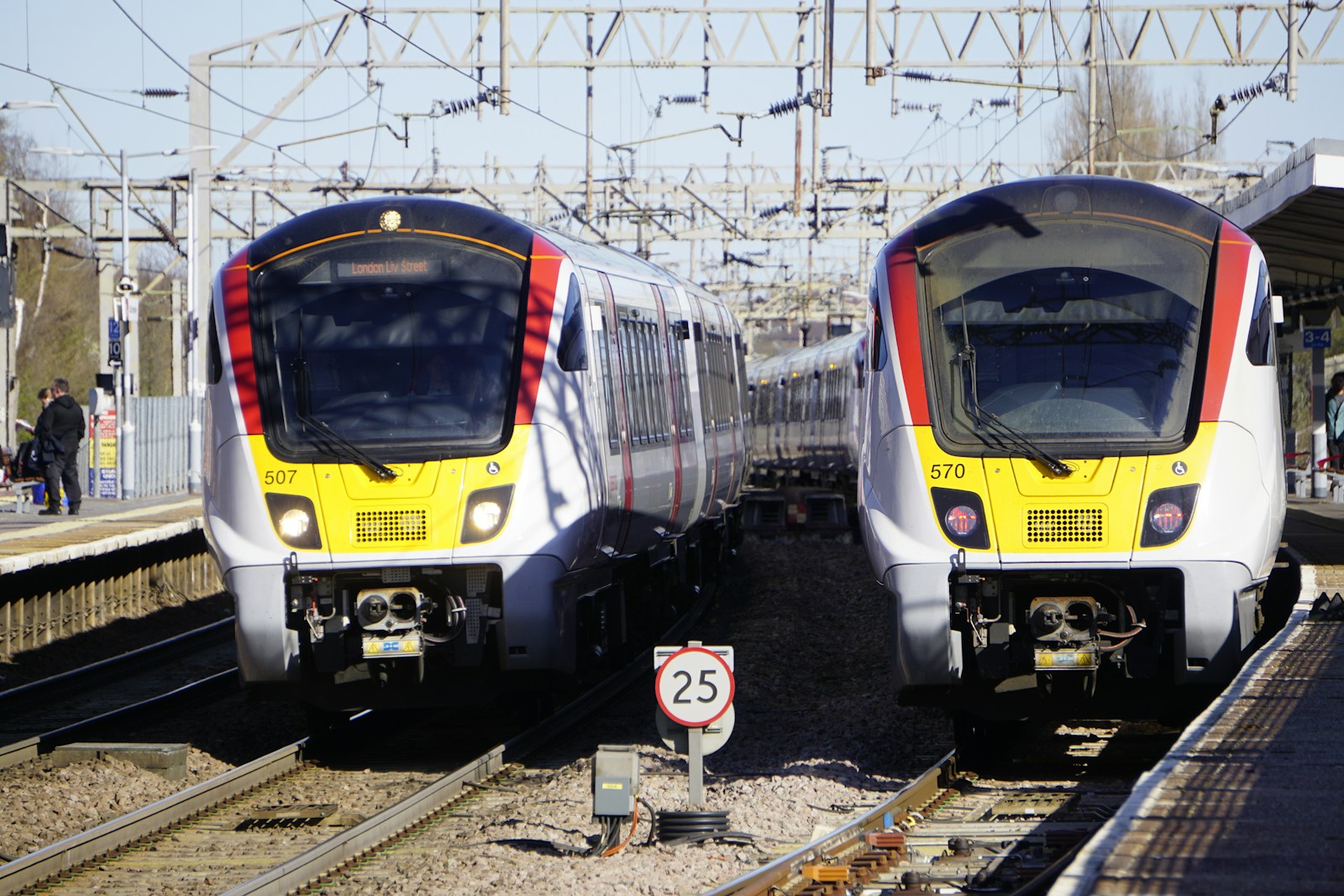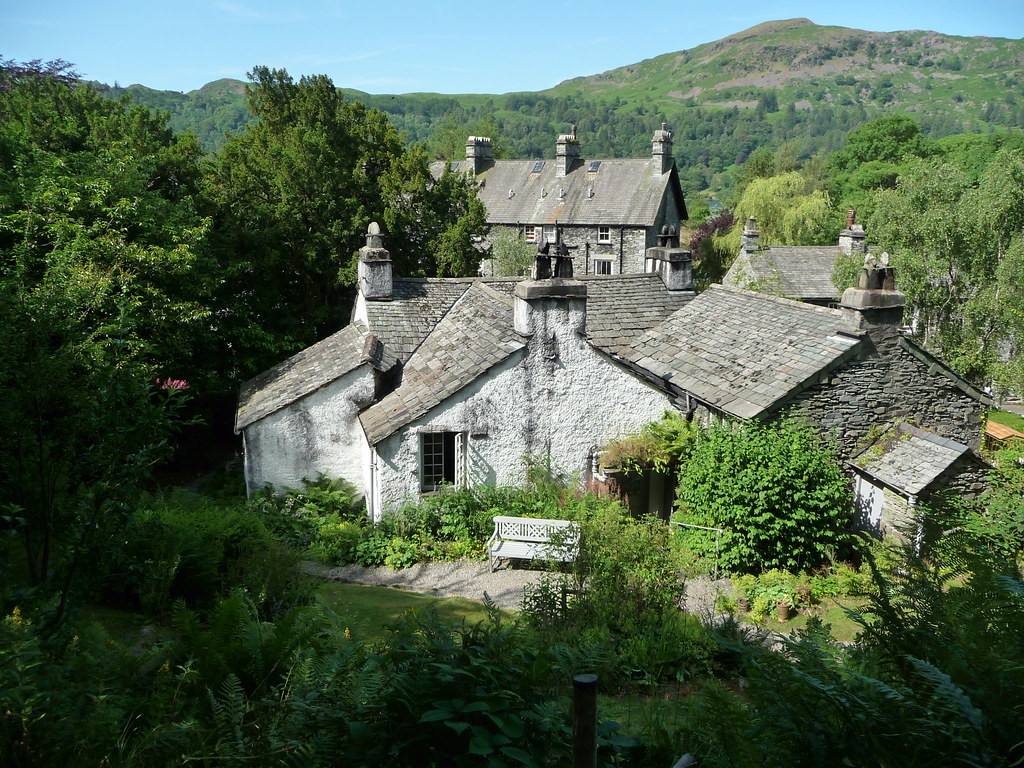
A Journey Through British Poetry: From Romantics to Spoken Word
British poetry has undergone a remarkable transformation from the late 18th century to the contemporary era. The evolution from the reflective verses of Wordsworth to the dynamic expressions of modern spoken word illustrates not only shifts in style and technique but also changes in societal values, cultural contexts, and the function of poetry itself. Join us as we navigate this poetic journey through time, exploring key movements, influential figures, and the unique qualities that define each era.
The Romantic Era: Nature and Emotion
Let’s start our journey in the late 18th to early 19th century, a time when British poetry experienced a flourishing of creativity and emotional depth known as the Romantic era. It was a reaction against the Industrial Revolution and the rationalism of the Enlightenment. Poets like William Wordsworth, Samuel Taylor Coleridge, and Lord Byron emerged as significant figures, emphasizing personal emotion, nature, and individualism.
Wordsworth, in particular, championed the beauty of the natural world and the value of ordinary experiences. His collection, “Lyrical Ballads,” co-authored with Coleridge in 1798, marked a turning point in poetry. Wordsworth’s famous lines, “I wandered lonely as a cloud,” evoke the simplicity and profound connection to nature that characterizes the Romantic spirit.
Coleridge, on the other hand, introduced a sense of the supernatural and the exotic, as seen in his narrative poem “The Rime of the Ancient Mariner.” His work expands the boundaries of what poetry could encompass, blending the ordinary with the extraordinary.
The Victorians: Structure Meets Emotion
As we move into the Victorian era, the landscape of poetry began to change again. The 19th century saw a rise in formalism, with poets like Alfred Lord Tennyson, Robert Browning, and Elizabeth Barrett Browning crafting intricate verse that tackled themes of love, death, and social issues. This period was marked by a blend of emotional resonance and structured form.
Tennyson’s notable works, such as “In Memoriam,” reflect the Victorian obsession with mortality and the search for meaning in the face of loss. His ability to weave personal grief into universal themes resonated deeply with readers, allowing poetry to serve as both a personal outlet and a social commentary.
Meanwhile, the dramatic monologue, popularized by Browning, transformed poetry into a form of storytelling. In poems like “My Last Duchess,” Browning explores the psychological complexities of his characters, inviting readers to empathize with their inner struggles.
Victorian poetry also began to engage with social issues, as seen in the works of Elizabeth Barrett Browning. Her poem “Aurora Leigh” offers a feminist perspective, addressing the roles of women in society and the importance of female voices in literature.
The Modernist Shift: Breaking Boundaries
The early 20th century introduced a significant shift in the world of poetry as modernism took hold. Writers like T.S. Eliot, W.H. Auden, and Ezra Pound pushed the boundaries of traditional poetry, experimenting with form, style, and language.
Eliot’s “The Waste Land” is often regarded as a pioneering work of modernist poetry. Its fragmented structure, allusions to various cultures and texts, and exploration of disillusionment in the post-World War I era were revolutionary. The poem reflects a world in chaos, mirroring the feelings of many during a time of great upheaval.
Auden, with his sharp wit and social commentary, created poetry that addressed contemporary issues directly, including war, love, and politics. His poem “Funeral Blues,” famously known for its poignant opening line, “Stop all the clocks,” captures the deep sense of loss and despair.
The modernist era also saw the rise of free verse, a style that eschewed traditional meter and rhyme schemes in favor of a more conversational tone. This approach paved the way for future poets to explore new forms of expression.
Postmodernism and the Rise of Spoken Word
The latter half of the 20th century brought about postmodernism, characterized by a skepticism towards grand narratives and an embrace of pluralism. Poets such as Sylvia Plath, Ted Hughes, and Carol Ann Duffy emerged with distinct voices that challenged conventional norms.
Plath’s confessional style delved into personal experiences and emotional struggles, creating a raw and intimate connection with her audience. Her poem “Lady Lazarus” exemplifies this, exploring themes of identity, rebirth, and resilience in the face of societal expectations.
Ted Hughes, known for his intense and often dark imagery, focused on the natural world and the primal instincts of human existence. His collection “The Hawk in the Rain” reflects this connection to nature, blending personal and mythological elements.
As we approached the turn of the century, poetry began to take on new forms with the advent of technology and changing cultural landscapes. The spoken word movement emerged as a powerful and accessible form of expression, allowing poets to perform their work in front of live audiences. This form emphasizes rhythm, sound, and the human voice, creating a visceral experience for listeners.
The Spoken Word Movement: A Dynamic Expression
Spoken word poetry embodies a unique blend of storytelling, performance, and social commentary. It draws on the traditions of oral storytelling while incorporating contemporary issues such as race, identity, and politics. Poets like Sarah Kay, Andrea Gibson, and George the Poet have brought this art form to new heights.
Sarah Kay’s “If I Should Have a Daughter” showcases her ability to weave personal narrative with universal themes, addressing the complexities of motherhood and identity. Her dynamic performances captivate audiences, making poetry accessible and relatable.
Andrea Gibson pushes boundaries by addressing LGBTQ+ issues and mental health, using spoken word as a platform for advocacy. Her poem “The Nutritionist” explores the intersection of body image and societal expectations, resonating with many who struggle with similar challenges.
George the Poet combines spoken word with music, creating a multi-dimensional experience that reaches a diverse audience. His work, which often tackles themes of social justice and identity, underscores the power of poetry as a tool for change.
The Future of British Poetry
As we stand on the precipice of a new era in poetry, it’s clear that the art form continues to evolve. The blending of traditional and contemporary styles, along with the rise of digital platforms, allows for greater accessibility and experimentation. Poets now have the opportunity to reach global audiences through social media, podcasts, and online performances, expanding the reach of their work.
In this ever-changing landscape, the essence of poetry remains the same: a powerful medium for self-expression, connection, and reflection. Whether through the reflective verses of Wordsworth, the structured elegance of the Victorians, the innovative voices of modernists, or the dynamic performances of spoken word artists, British poetry continues to captivate and inspire.
As we look to the future, one thing is certain: poetry will persist as a vital form of communication, capturing the complexities of the human experience and reflecting the cultural zeitgeist of each generation. So grab a cup of tea, dive into the rich world of British poetry, and let the verses transport you through time and emotion.

